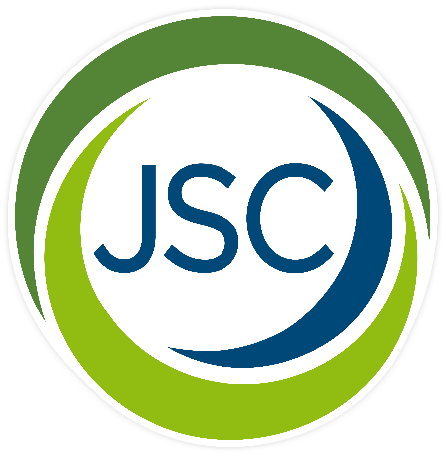 As organizations strive to meet the demands of a healthcare landscape shifting toward value-based care and a burgeoning patient population, they will also need to take into account the United States’ aging population. By 2030, the number of Americans over 65 will have increased by 50%. This demographic includes a significant amount of physicians. One-third of currently practicing physicians will be of retirement age in the next decade, affecting the supply of available doctors. In order to prepare for what lies ahead, including the looming provider shortages, healthcare organizations will need to adjust their recruitment strategies. Forward-looking establishments will incorporate tactics to attract and engage medical students and residents – the future of the physician workforce.
As organizations strive to meet the demands of a healthcare landscape shifting toward value-based care and a burgeoning patient population, they will also need to take into account the United States’ aging population. By 2030, the number of Americans over 65 will have increased by 50%. This demographic includes a significant amount of physicians. One-third of currently practicing physicians will be of retirement age in the next decade, affecting the supply of available doctors. In order to prepare for what lies ahead, including the looming provider shortages, healthcare organizations will need to adjust their recruitment strategies. Forward-looking establishments will incorporate tactics to attract and engage medical students and residents – the future of the physician workforce.
For medical students, early exposure to unfamiliar geographical areas or particular specialties can introduce them to possibilities they may not have considered before. One way to accomplish this is through immersion programs. These programs benefit the students by providing hands-on experience early on in their studies, one-on-one mentorship with established physicians, and exposure to the realities of caring for a patient population. One such example can be found in North Carolina. The North Carolina Academy of Family Physicians partners with the five medical schools located in the state to provide summer immersion programs for students who have completed their first year of med school. These two- and four-week programs offer the students exposure to Family Medicine and on-the-ground experience working alongside a practicing physician. In Pennsylvania, Altoona Family Physicians has created programs for med students at all stages of their training. They offer clerkships, summer preceptorships, and shadowing opportunities which allow the students to do sub/acting internships, fulfill rotation requirements, and explore specialty electives. In addition to the programs themselves, there are also desirable extras like free housing, free food at the cafeteria, and daily teaching lectures – targeted benefits that draw medical students from across the nation to their organization. It’s no coincidence that these two examples are aimed at attracting doctors to primary care and family medicine – specialties on the front lines of patient care. A recent Association of American Medical Colleges (AAMC) report projects a shortage of up to 49,300 primary care physicians by 2030.
Programs designed to attract more residents to your organization also provide future payoffs since a majority of residents will stay in the area where they did their residency. This is especially salient when it comes to organizations located in rural areas. By increasing resident placement opportunities, organizations can also expand the pool of local physicians – and future job candidates. Mercyhealth in Rockford, Illinois, recently created two residency programs to draw residents to the area and increase access to healthcare for patients in hospitals and clinics. Their internal medicine residency program is also affiliated with the University of Illinois College of Medicine, offering residents access to the university’s library services, the capacity to conduct research, and other academic benefits.
As healthcare organizations work to enfold residents into their ranks, they also need to keep in mind the Millennial mindset. An important characteristic of today’s Millennials is the desire for both mentorship and a collaborative work environment. Organizations with healthcare leaders who can model leadership styles to meet these expectations will have an advantage in retaining members of this workforce. Leaders who are able to embrace simultaneous leadership – accepting input from their team and engaging in open discussion while still remaining the acknowledged authority to make final decisions – will allow Millennials to feel respected, mentored, and fully engaged in their work.
Healthcare organizations who are willing to invest in medical students and residents through meaningful hands-on experience, mentorship, and effective leadership styles will see a payoff from these efforts. Organizations who engage future providers early will have a significant edge in their efforts to recruit them later. Need help finding the right candidate for your organization’s present and future needs? Jordan Search Consultants can help. Give us a call at 866-750-7231 or email us here.


